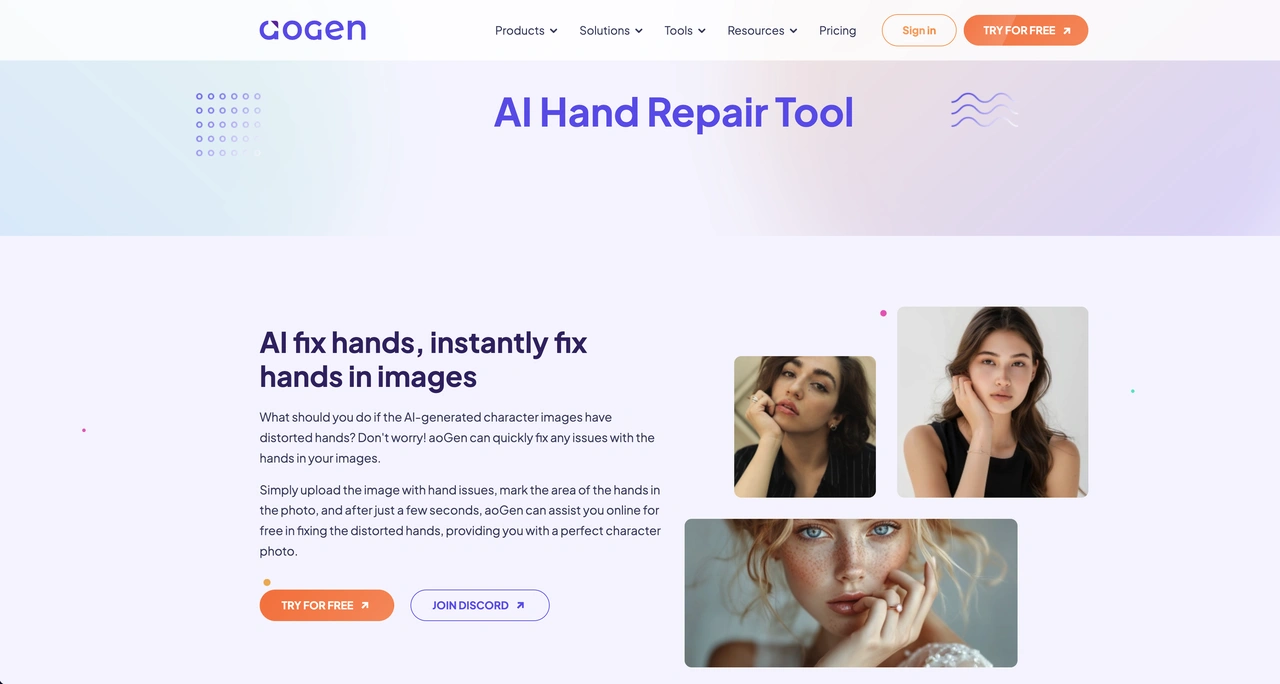The rise of AI image generators like DALL-E 2, Midjourney, and Stable Diffusion has revolutionized digital art creation with their ability to transform text prompts into stunning visuals. Yet these powerful tools harbor an intriguing weakness that quickly became their Achilles' heel: they struggle to accurately render human hands, often producing distorted results with impossible finger configurations, incorrect digit counts, or bizarrely fused appendages. This peculiar limitation has become both a source of amusement and a telling reminder of AI's current boundaries.
Why malformed AI Hand happens?
Despite their impressive performance in generating a wide array of objects, diffusion-based models encounter significant challenges when generating realistic human hand images. As shown in Figure following, examples of "malformed" hands exhibit biological defects such as incorrect finger counts and misshaped anatomical structures, a defect that persists across both open-source and proprietary AI image generation tools. These limitations can be attributed to two primary factors: first, the inherently complex structure of human hands, featuring a kinematic model with 16 joints and 27 degrees of freedom, creates a complicated yet confined pose space with minimal error tolerance; second, as a 3D object, hands present various occlusions between fingers when projected into 2D image space, resulting in varying visible finger counts and shapes depending on the pose and viewing perspective.

An Unexpected Benefit of malformed AI Hand
Interestingly, this limitation has become a useful tool for detecting AI-generated images. The telltale signs of distorted hands have helped debunk various viral fake images, from fabricated news photographs to manipulated celebrity pictures. Some artists have even embraced these quirks, incorporating them into their work as a distinctive aesthetic element.
From Challenge to Solution
To address the Malformed AI Hand issue, the tech community is actively developing AI Hand Repair and AI Hand Fix tools. Midjourney's recent update specifically targets hand generation, while academia has produced several outstanding papers such as HandRefiner, RHanDS, and HandCraft.
Among various AI tools implementing AI Hand Repair, aoGen has emerged as a prominent image processing solution. This AI-powered platform features a dedicated AI Hand Fix tool that allows users to upload images with hand defects for correction while maintaining visual consistency in non-hand areas. Through aoGen's advanced algorithms, AI creators can quickly repair AI Hand images, providing users with more realistic and accurate portraits.

As competition continues to drive innovation, we may soon witness AI mastering the art of creating perfectly realistic hands, marking another milestone in the advancement of artificial intelligence.